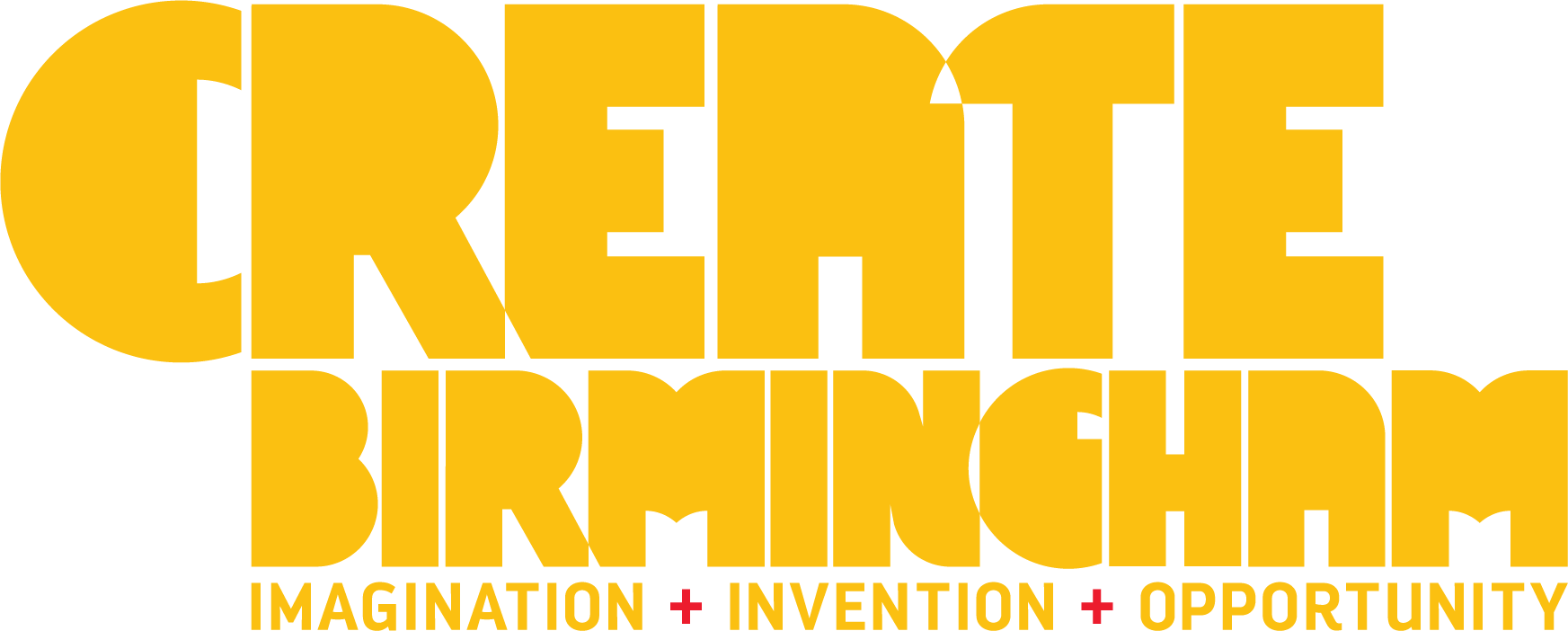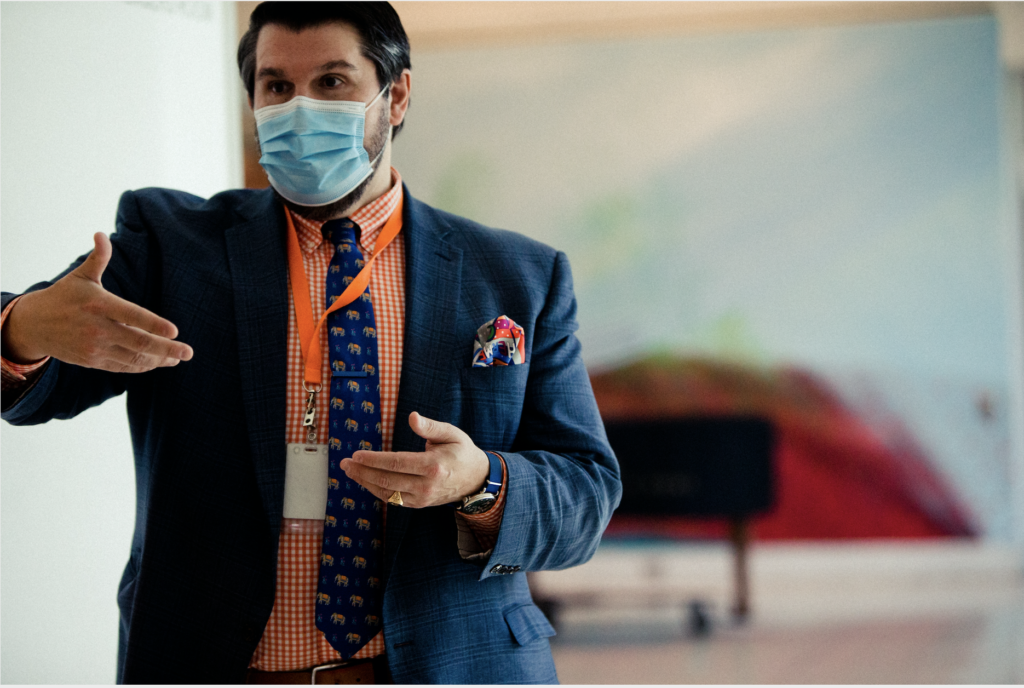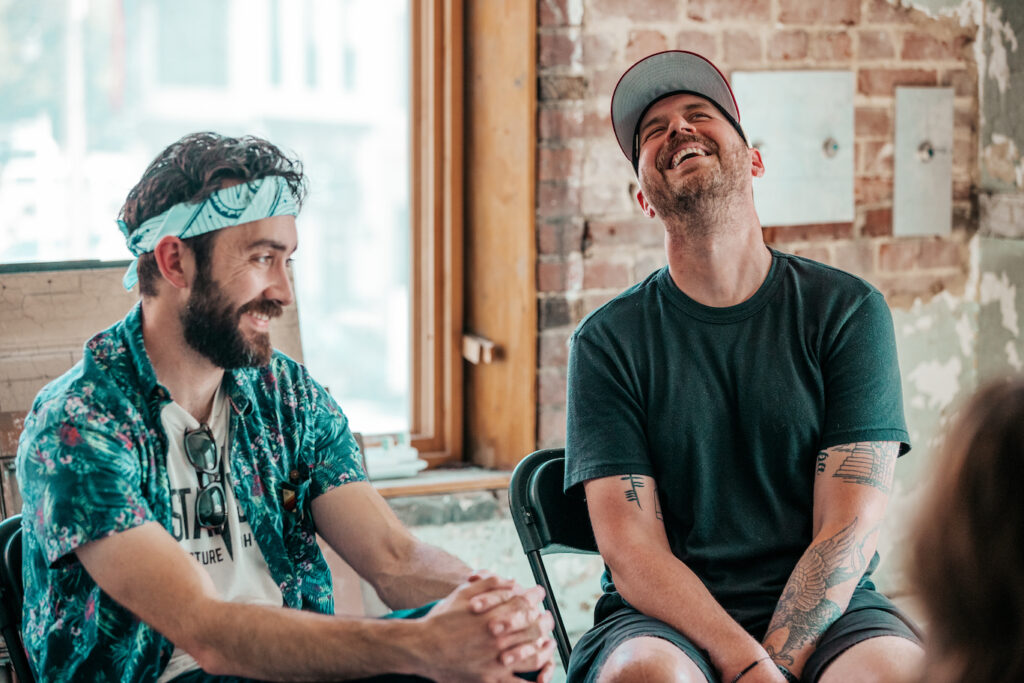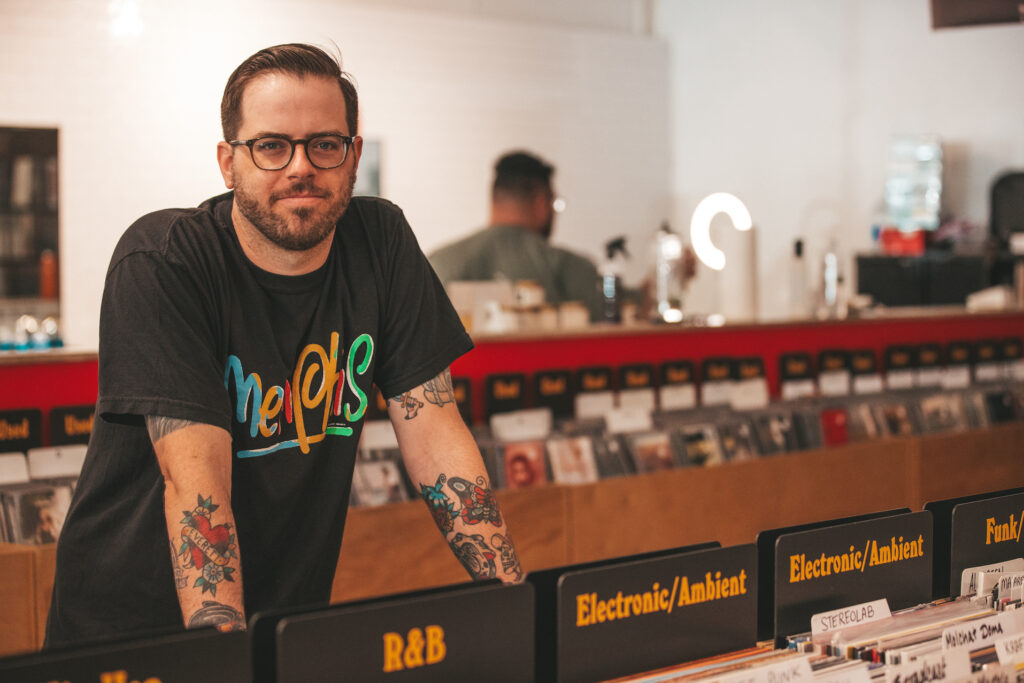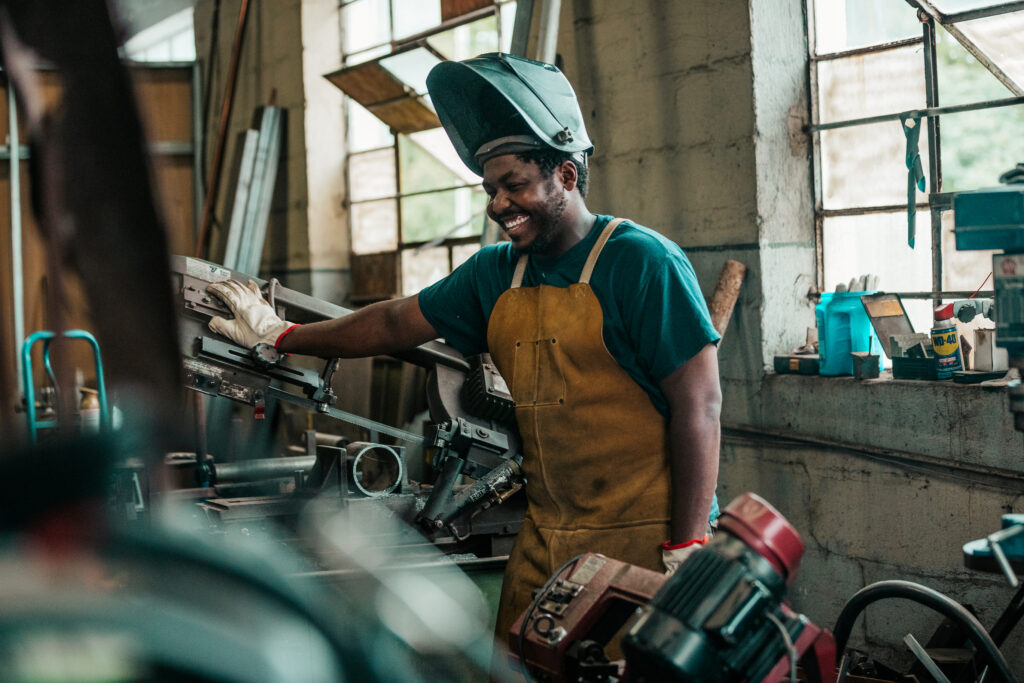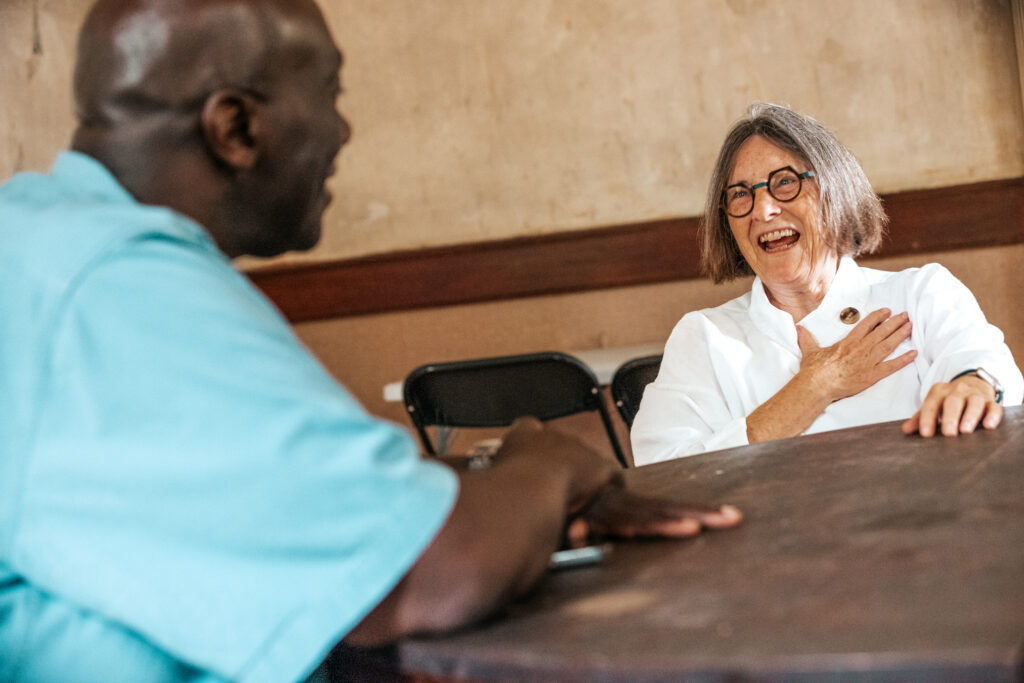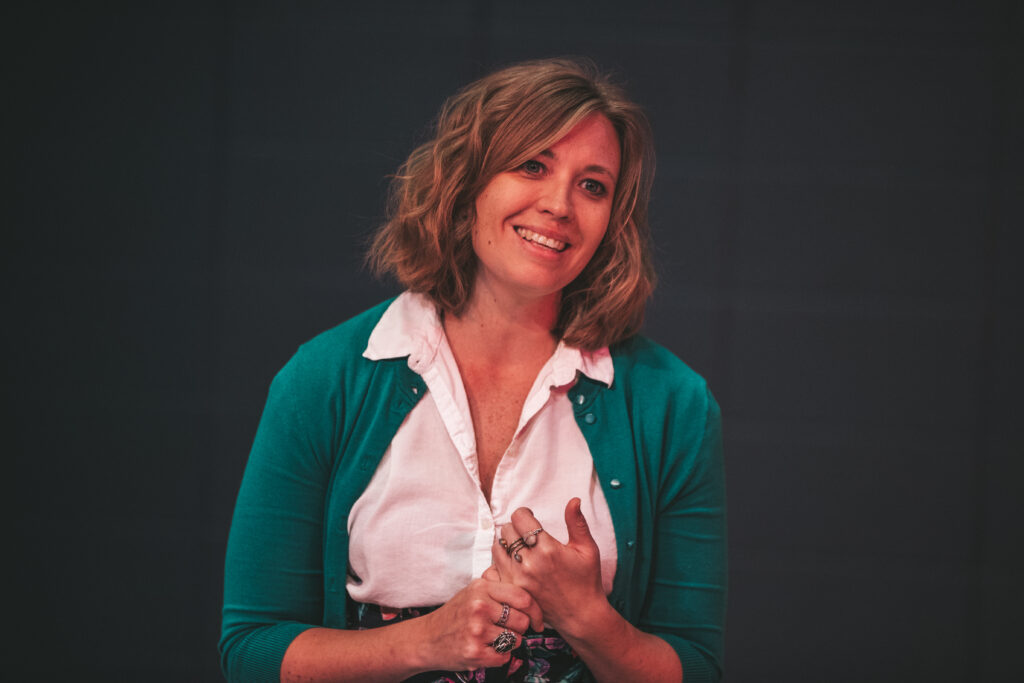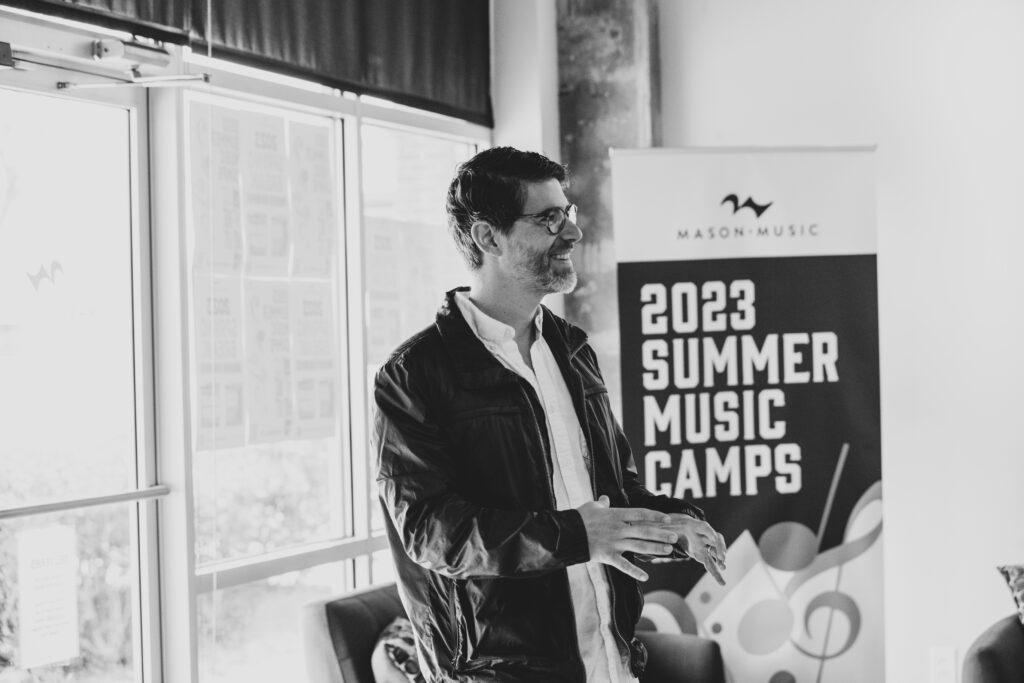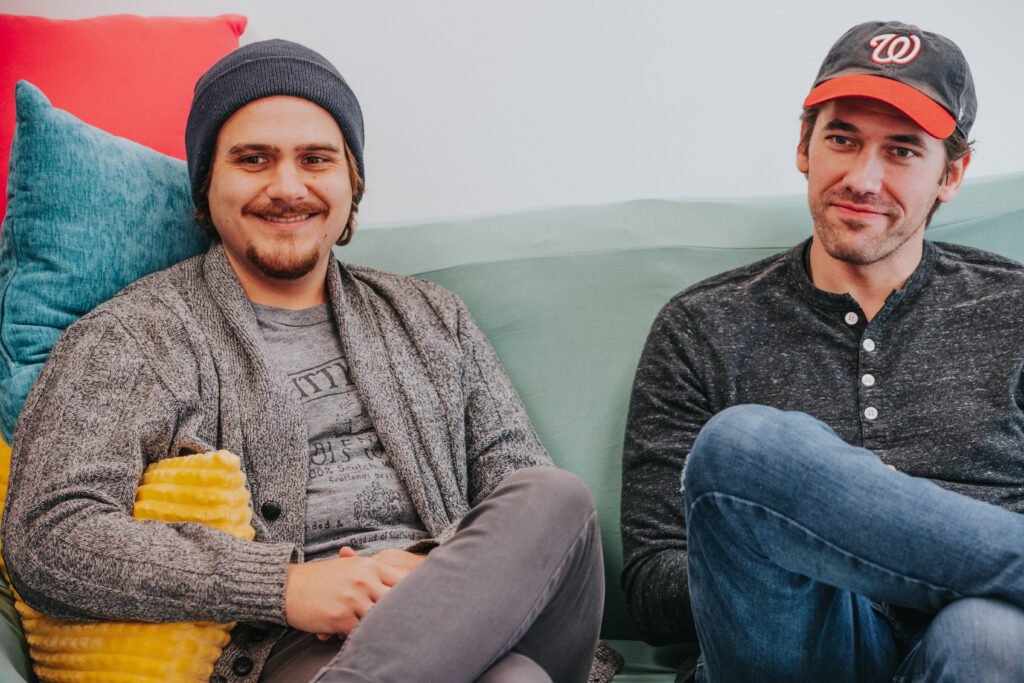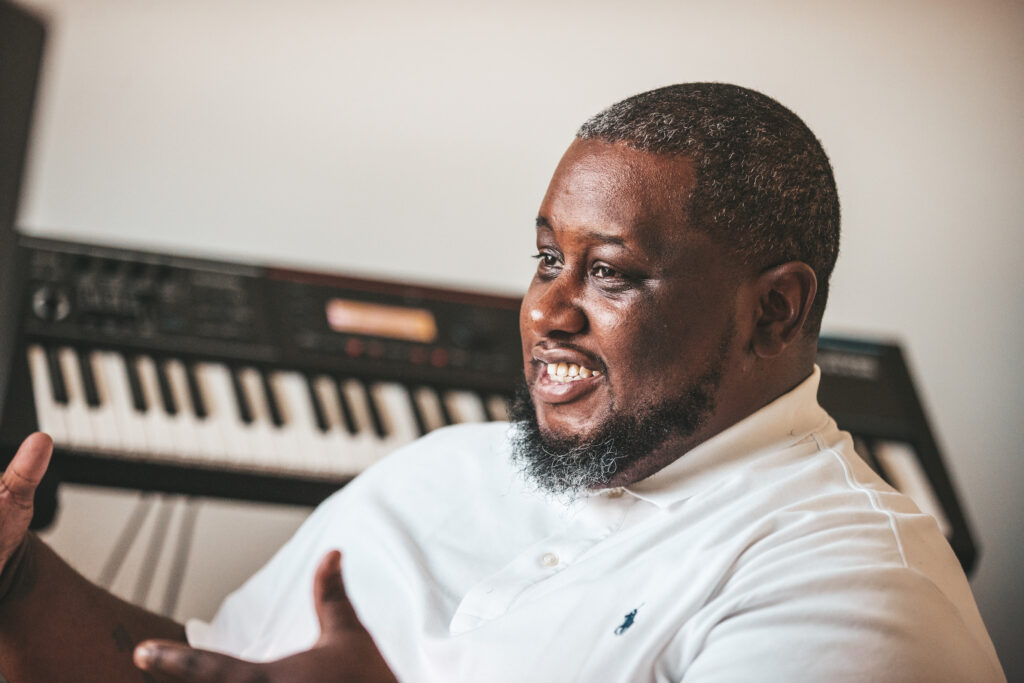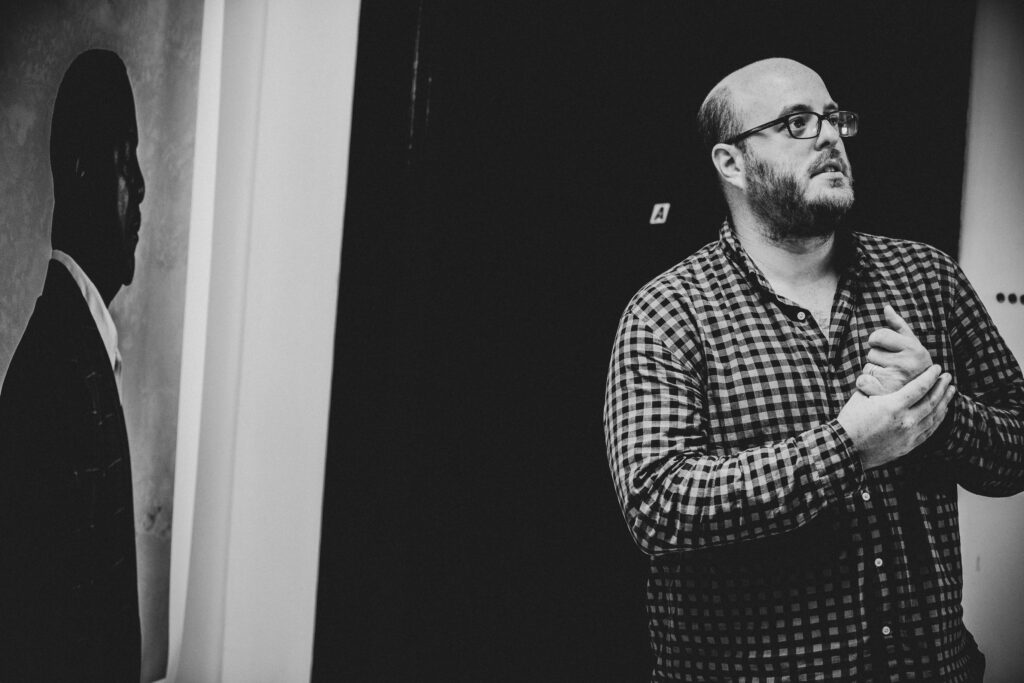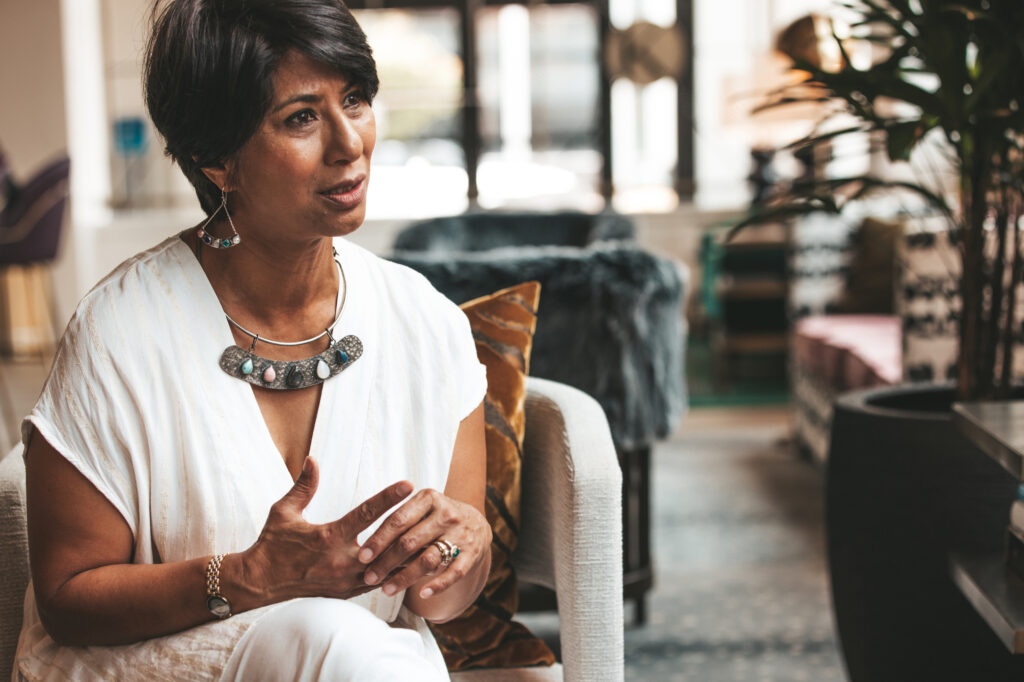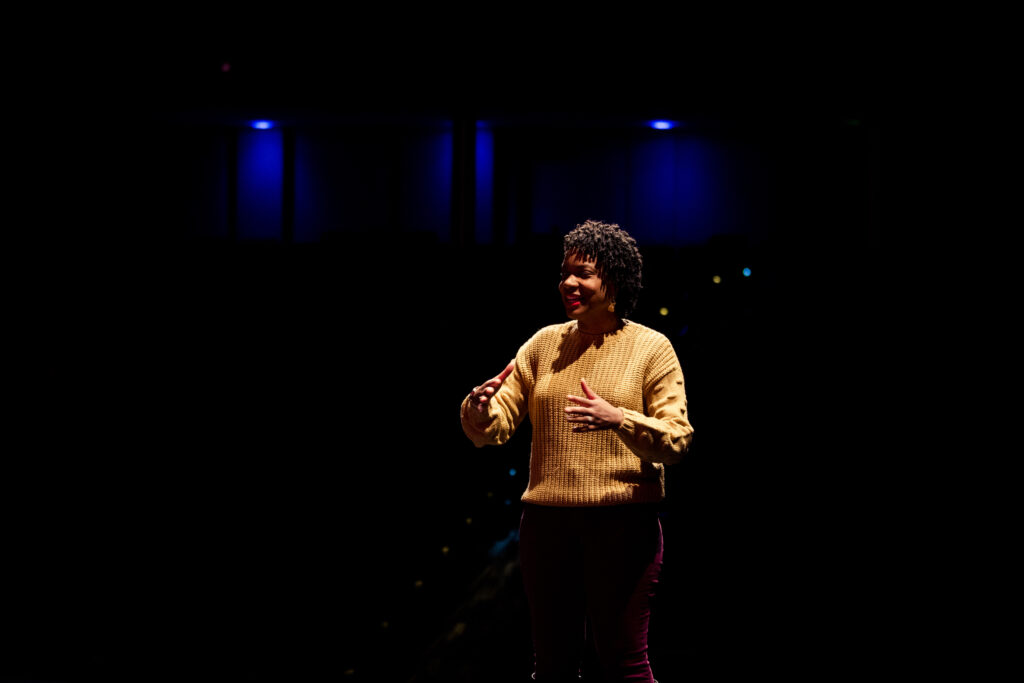Interview by Meg Nelson
Photos by Ambre Amari
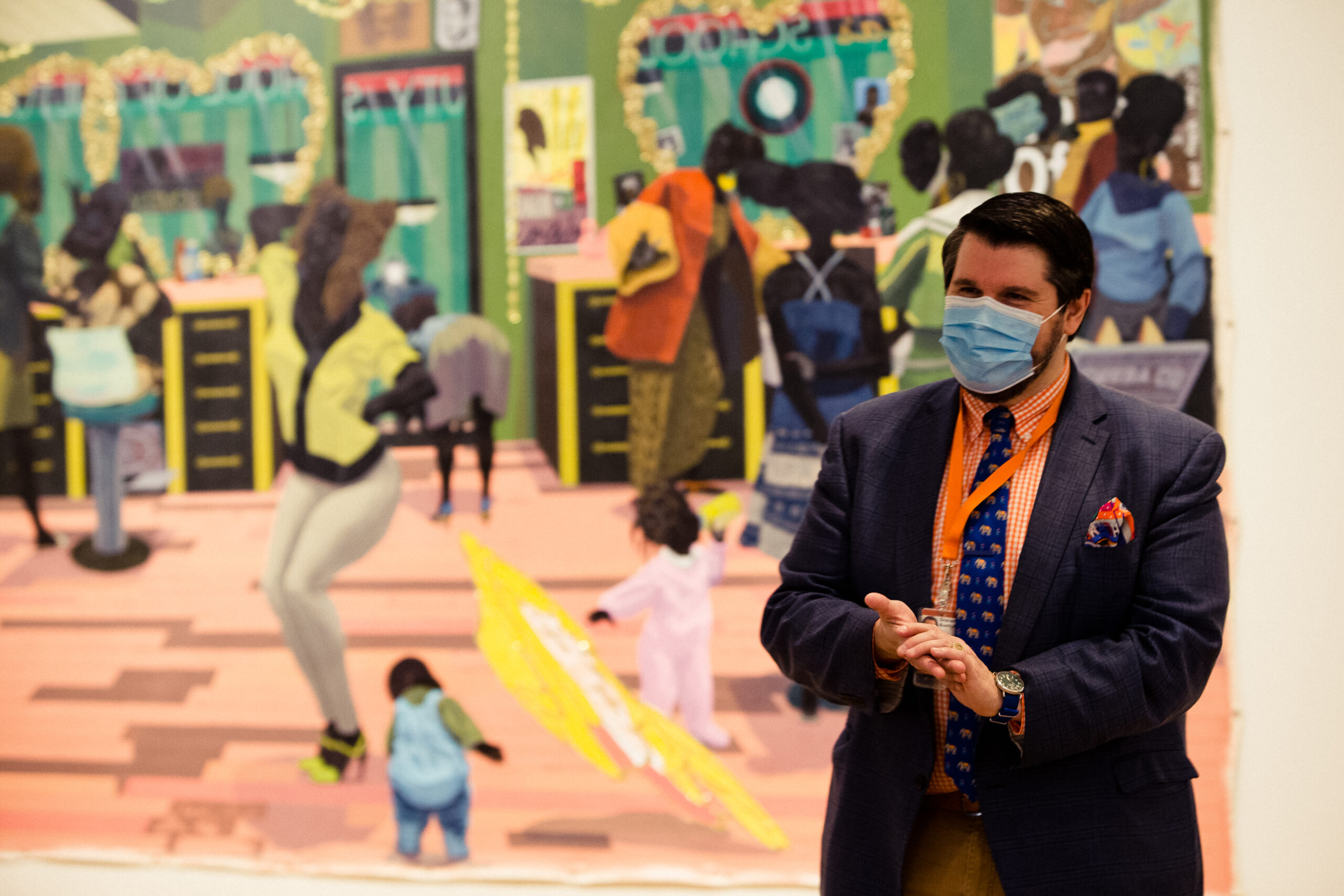
As the R. Hugh Daniel Director of the Birmingham Museum of Art, Graham C. Boettcher is navigating one of Birmingham’s most celebrated cultural assets through the COVID-19 pandemic with a creative staff and curatorial team motivated by an expanded concept of community and a deep commitment to serving the city. On October 6th, the BMA welcomed visitors for the first time since its sudden closure last March, and Graham spoke with us about the importance of this fall’s programs, the way the museum’s past informs its present, and how even through screens and masks, there are no barriers to connecting with art.
You first came to Birmingham in 2006 for a post-doctoral fellowship at the BMA, after completing your undergraduate degree and your doctorate at Yale—and you’re a native of Bellingham, Washington. Heading south was a big change for you. What strikes you most about Birmingham after 14 years here?
This is a chosen home for me. I have loved living in Birmingham and am a big advocate. I brag on Birmingham every chance I get when I travel, and I get very upset when I feel like someone is dismissive of this city or this state and what it has to offer, without ever having set foot here. It’s been a very embracing community. People are friendly and very supportive of the arts. I also think it’s worth bragging about that Birmingham is consistently among the top cities in the country for total philanthropic giving per capita.
I’ve been especially heartened through the pandemic. The number of people who have reached out to ask how they can help, who’ve dug even deeper into their pockets when already I would consider them generous donors—that says a lot. And not just for the museum, but for other arts organizations and other nonprofits.
This is one of the most creative places in the country; we’ve got a lot of serious practitioners in the performing arts, literary arts, visual arts, culinary arts—people that have gotten national and even international attention from right here in Birmingham. Think about Joe Minter’s work being included in the Whitney Biennial. It was extraordinary and exciting to call that kind of attention to our homegrown creativity.
And that’s something our curators and educators have really been focusing on—underscoring the talent within our own community and bringing artists onto our walls and our pedestals and our stages who are from this city.

The Birmingham Museum of Art’s collection has a depth and breadth that’s remarkable for an institution and a city that are both relatively new compared to other art museums and cities across the country.
Birmingham is a young city, founded in 1871, and our museum wasn’t founded until 1951. I don’t mean to make it sound like we’re in competition with Atlanta, but to give just one example —we have a collection twice the size of the High Museum of Art, which was founded in 1905. The High has about 14,000 works of art and we have 27,000, and we collect in areas they don’t collect at all—Asian art most notably. That is entirely because of the philanthropy of this community and the desire to create a museum of distinction nationally and internationally, however large or small our city is. And that’s really remarkable.
We are in the midst of a long overdue national reckoning with racial inequity and injustice. How is the museum addressing this in terms of current priorities and calls to action?
It’s crucial that we do our part to advocate for social justice and to be actively anti-racist. I think that museums are still finding their way as to exactly how. You have to find a response that is authentic to who you are as an institution and, most importantly, to the community that you serve.
We are a city that is 72%, a majority, African-American, and we are a department of the City of Birmingham. We do serve the state as its largest museum, but our most immediate audience is the City of Birmingham. From the start, we failed to serve the entire city in which we exist because we were founded in the era of Bull Connor and Jim Crow. African-Americans were only permitted in the museum one day a week, on Tuesdays, and that is a huge legacy to overcome. Jim Crow laws were only fully repealed in July of 1963. It’s a living memory for a lot of people.
It took 20 years for the work of a non-living African-American artist, Henry Ossawa Tanner, to enter our collection as a gift in 1971. It took 21 years for us to purchase our first work by a living African-American artist, Dr. David Driscoll, in 1972. So that gives you a sense of the history of this institution and why we have to be candid about it and address it in a thoughtful way.
It’s also creating opportunities for artists across the board from our community, bringing diverse perspectives, voices, and identities to our collections, to our exhibition programs, and to our programming. Diversity and inclusion cannot be an afterthought. It has to be a forethought in every decision we make.
This institution, among all city departments, is one of the least diverse when it comes to people of color. We’ve seen a positive change over the past few years with recent hires, but it’s something that can’t fall by the wayside. We need to consistently make sure that when we have an open position, we put notification of that position in every possible place where it might yield a diverse pool of applicants. And beyond that, you can actively recruit and that needs to be ongoing.
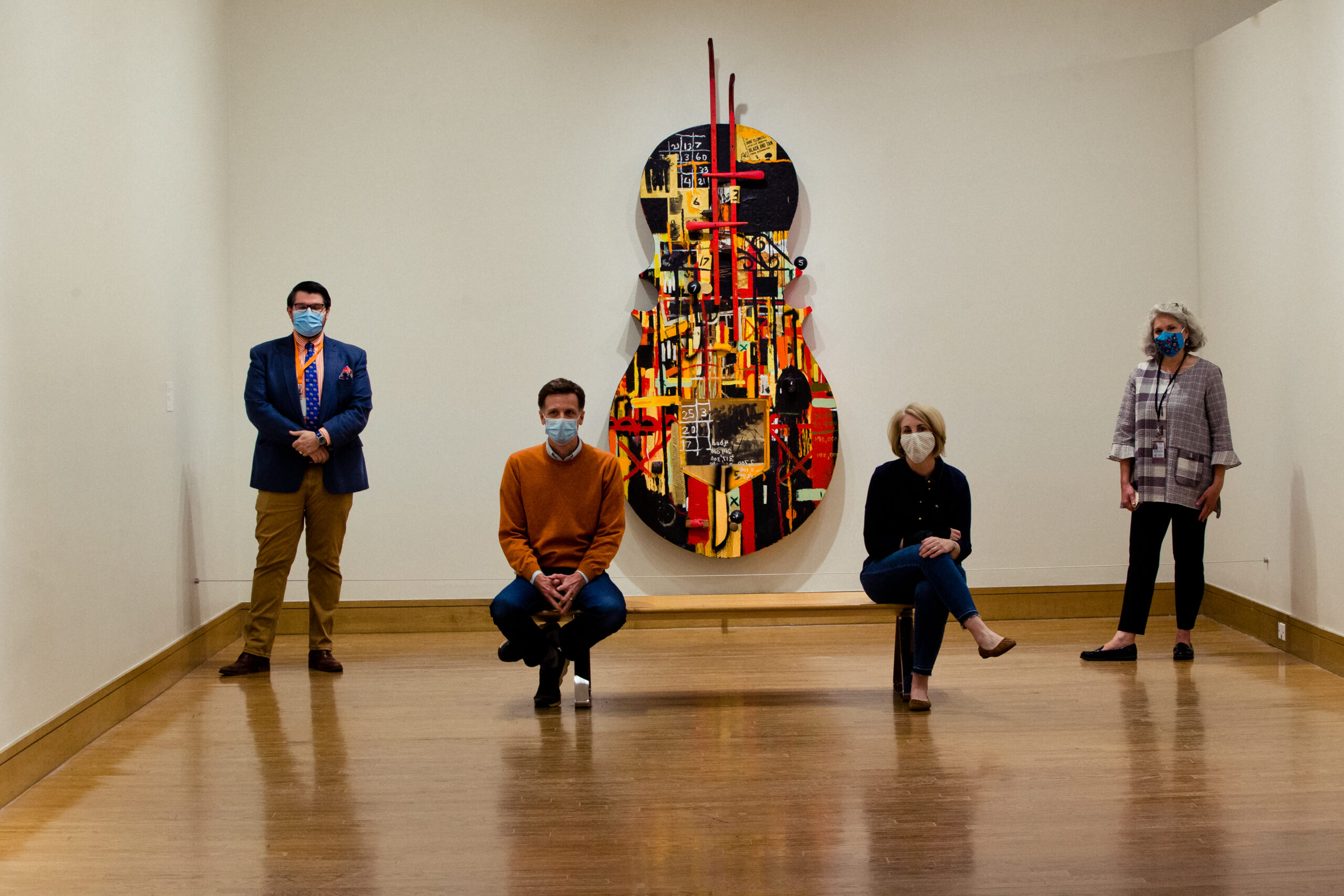
The COVID-19 pandemic has been devastating on so many levels for arts organizations, but it has also been a crucible for creativity that forced some rapid adaptation. How has this crisis impacted the museum?
The impact of COVID has been very real, and it’s been real to us twice because our budget is made up of the city side of our budget and the non-city side of our budget. We are stretched thin in terms of our finances right now. We had to lay off our part-time, non-city staff, and we had to institute an across the board pay reduction for all of our non-city staff. Perhaps the most important thing we have going for us is that our funding structure, because we are free to the public and always have been, is not reliant on ticket sales.
But we have learned some really positive things from the pandemic. Virtual engagement has opened our doors up to an even greater number of individuals. There are still barriers there. In order to engage virtually, you have to have a device, and you have to have connectivity. That is not available to everyone in our community, and there are investments being made there that need to be ongoing. But despite all of the challenges of the pandemic, I’m excited at how far and how quickly this has brought our virtual game, so to speak, on numerous levels. It’s a lesson that we’re going to carry with us going forward.
The other lifesaver is connecting with incredible colleagues in arts and entertainment from other city departments, from Birmingham Crossplex to Boutwell Auditorium to the Southern Museum of Flight. I’ve also been meeting consistently with the executive directors from Red Mountain Theatre Company, Opera Birmingham, the Alabama Ballet, the Alabama Symphony, and so on. Having that collegiality goes back to one of the things I love most about this city.
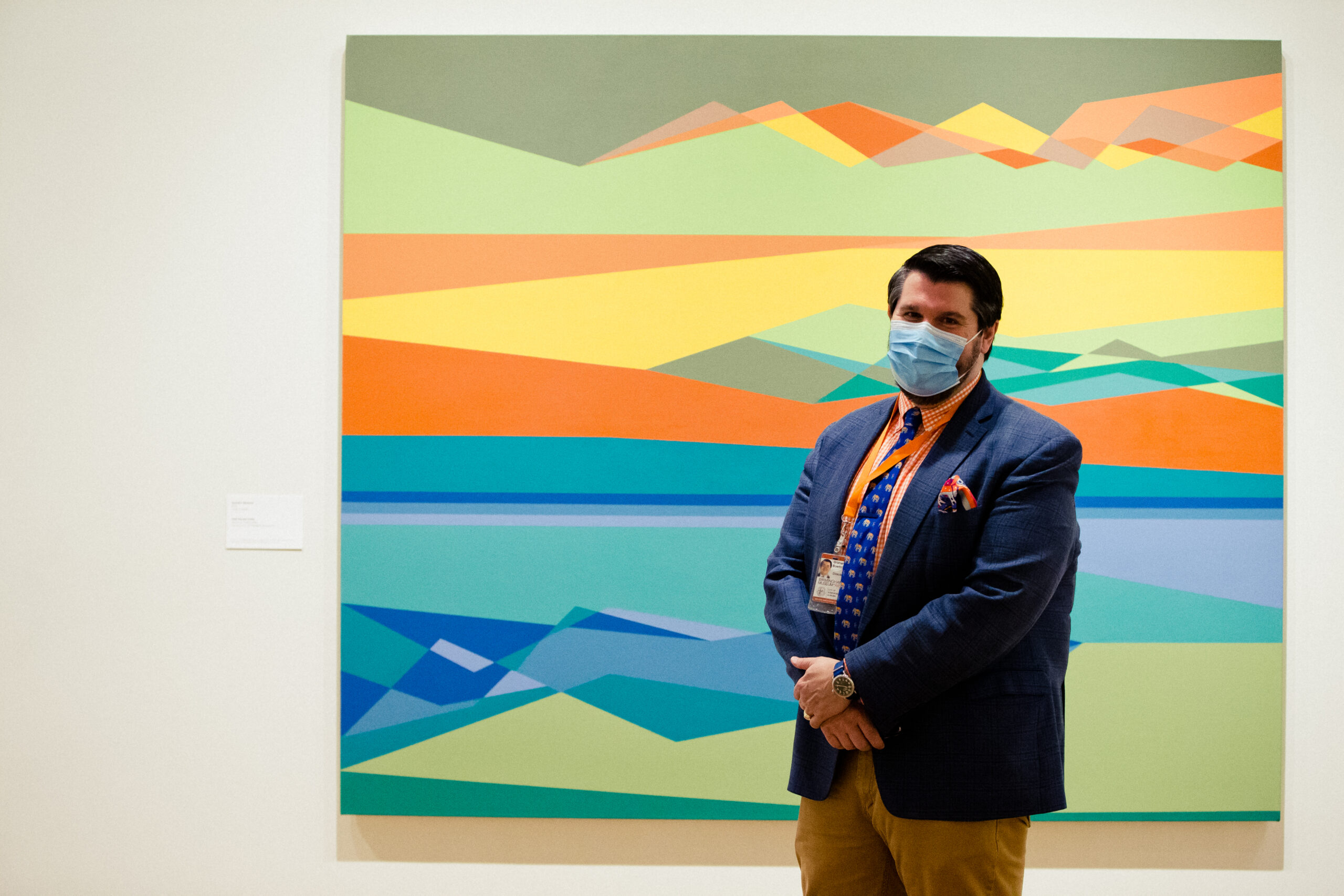
The Director’s Cut with Graham Boettcher, your virtual series offering an in-depth look into individual works in the collection, was put together relatively quickly and became an unexpected hit.
The Director’s Cut series got a lot of great national attention. It was a recommended “quaranstream” on Good Morning America and ABC News, and it got a shout-out in an article in the National Review. It picked up a life of its own. It was rewarding having that weekly connection with people, bringing art into their homes when many of them would not otherwise be visiting our galleries.
With all that people are going through, not to make this sound like more than it is, but it was a really depressing thing to witness every week, going into the galleries and seeing them empty. And it just underscored the enormity of the pandemic to have a large cultural institution, 150,000 square feet of galleries, become empty public space. But the minute I flipped on that camera, immediately there was a community there. It definitely made the pandemic less lonely for me, professionally speaking.
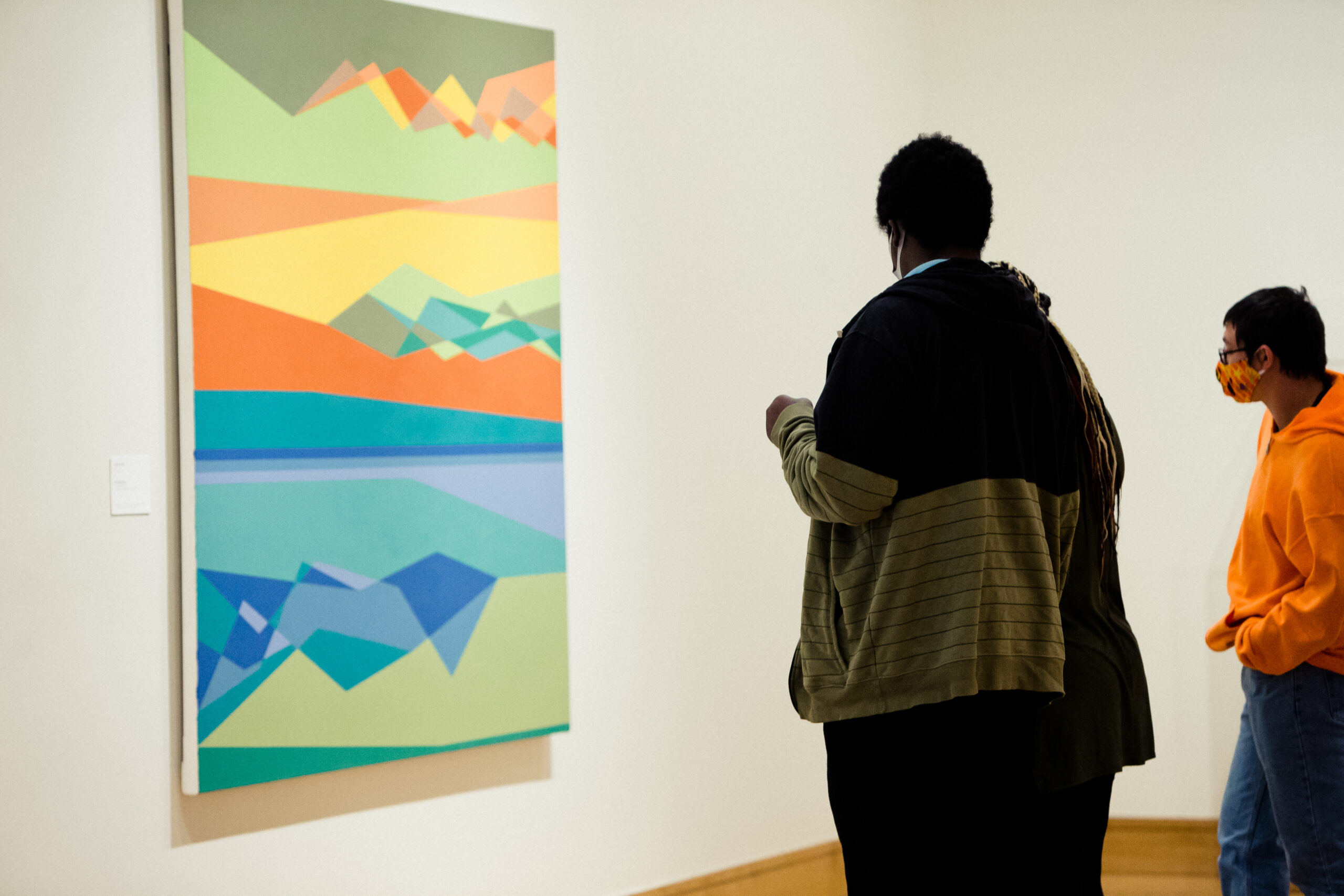
The Museum is certainly making up for lost time with a very eventful fall. What can visitors look forward to seeing as they return?
Over 2,300 people have come through our doors since we-reopened. We’ve heard time and time again how great it was to be back at the museum and that the safety protocols were a small price to pay and easy to navigate. While we’re very proud of the virtual programming and the huge numbers it yielded for us, there is just no substitute for being physically present with a work of art and able to take in every nuance.
We have a wonderful slate of exhibitions to greet visitors with this fall. We have extended All Things Bright and Beautiful, since it opened just before the shutdown. It includes some very well-known painters like Kerry James Marshall and Amy Sherald, whose piece gives the exhibition its name. It also features a great mix of artists from Alabama and Birmingham, including the Joe Minter we lent for the Whitney Biennial. It is predominantly comprised of contemporary Black artists conveying the fullness and richness of the Black experience, exploring themes of joy and agency and self-determination. It seems to have resonated with audiences. People are really lingering there.
Another new exhibition is Ways of Seeing: Building and Monuments, which looks at built environments, their context, and the meanings they convey. Nothing is accidental—every building, no matter how run of the mill it might seem, is built a certain way for a certain reason. We also have the first installation in a series called Wall to Wall, featuring work by an Alaska-based artist named Merritt Johnson that is an exploration of the beauty and fragility of the Alabama landscape. We’ve taken four of her very large paintings and blown them up to monumental size in the café and main lobby.
Finally we have An Epic of Earth and Water, an exhibition on British-born American artist Clare Leighton, who was incredibly well-known in her time. She is largely overlooked today, like so many women and artists of color are, because art history has traditionally been written about white men by white men. It focuses on her late 1940s collaboration with the Wedgewood company to create a series of limited edition plates celebrating the industries of New England.

On November 5th you have art world superstar Amy Sherald as the speaker at the Museum’s Annual Chenoweth Lecture. For those who aren’t familiar with her work, why is she so important?
When Amy Sherald’s official portrait of First Lady Michelle Obama went on view at the National Portrait Gallery in DC, there were lines out the door. It really ignited people’s passions and brought a new audience to portraiture. She is an artist whose creativity and vision really inspired a whole new generation to look seriously at this type of painting. She continues to have success after success, and we asked her to be our annual Chenoweth Lecture two years ago. She had to decline because she was so busy but asked us to pencil her in for 2020. I’m sorry that she can’t be here in person, but the silver lining of doing it virtually is that people from beyond Birmingham will be able to attend and we’ll have a far larger capacity than what our auditorium can handle.
And finally, Birmingham is a stop for an incredibly noteworthy exhibition that is touring nationally.
Jacob Lawrence: The American Struggle opens on November 20th. It originated at the Peabody-Essex Museum in Massachusetts and will come to us from the Metropolitan Museum of Art before going on to Seattle and Washington, DC. We have had two highly successful Jacob Lawrence exhibitions in the past, in 1974 and 1994. When we were offered this exhibition, I leapt at the opportunity because it is time for the next generation to discover Jacob Lawrence. He is such an important twentieth century artist, and he’s looking at American history through the lens of a modern Black artist. This series of his paintings hasn’t been seen together since the works were created, and we are really fortunate to be among the handful of institutions presenting this nationally.
